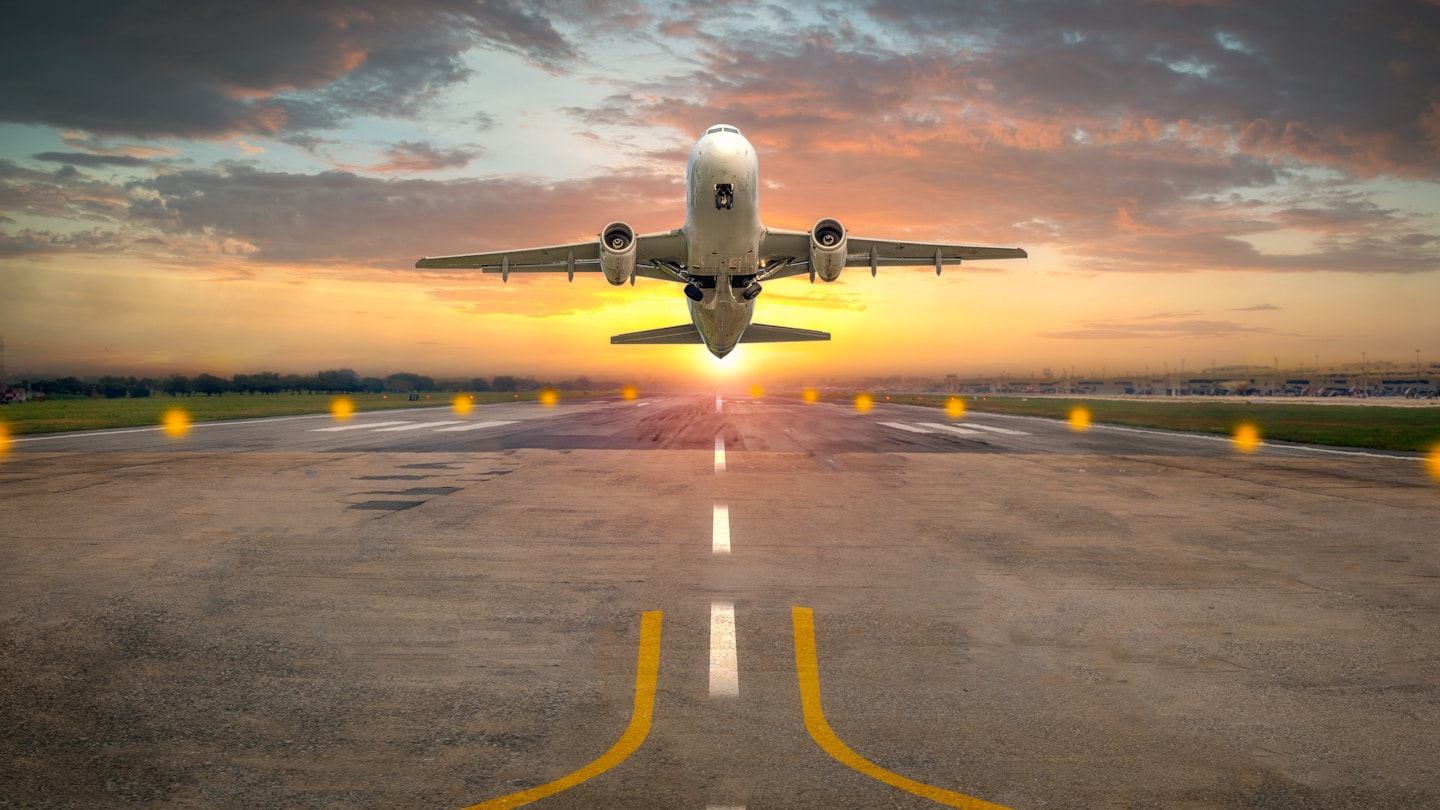Air Travel Safety and COVID-19: What You Need to Know
A report by the International Air Transport Association (IATA) indicates extremely few incidents of COVID-19 in-flight infections. IATA, a trade association representing about 290 airlines worldwide, states that since the beginning of the year, 1.2 billion passengers have traveled by plane, with only 44 cases of COVID-19 reported in connection with flight journeys.
“That’s one case for every 27 million travelers,” says Dr. David Powell, IATA’s medical advisor. “We recognize that this may be an underestimate, but even if 90% of the cases were unreported, it would still be one case for every 2.7 million travelers. These figures are extremely reassuring. Furthermore, the vast majority of published cases occurred before the widespread use of face coverings during flights.”

This information arises from research conducted by major aircraft manufacturers such as Airbus, Boeing, and Embraer. They each provided detailed simulation reports confirming that aircraft airflow systems effectively control the movement of particles within the cabin, thus limiting the spread of viruses. The combination of aircraft airflow systems, HEPA filters, the natural barrier of seatbacks, downward air flow, and high rates of air exchange effectively reduces the risk of disease transmission in normal conditions.
Air is exchanged 20-30 times per hour on most aircraft, which compares favorably to the average office space (2-3 times per hour) or schools (10-15 times per hour). Reports suggest that the practice of wearing masks amid pandemic concerns adds a significant layer of protection, making close proximity in an aircraft cabin safer than many other indoor environments. Face coverings on board were recommended by IATA in June and have become standard requirements on most airlines.
“Managed queuing, contactless processing, reduced movement in the cabin, and simplified onboard services are among the various measures the aviation industry is implementing to ensure that flying remains safe,” Powell explains. “Moreover, this is in addition to the fact that airflow systems are designed to diminish the spread of diseases with their high airflow and air exchange rates, along with highly effective filtration of recycled air.”
However, some government authorities, like the US Centers for Disease Control and Prevention (CDC), continue to advise against travel. According to the CDC, “travel increases your chance of getting and spreading COVID-19. Therefore, staying home is the best way to protect yourself and others from COVID-19.”
All travelers should carefully evaluate the risks associated with air travel during the pandemic and stay informed about relevant government and airline policies. It is essential to take necessary precautions when traveling to minimize health risks.




